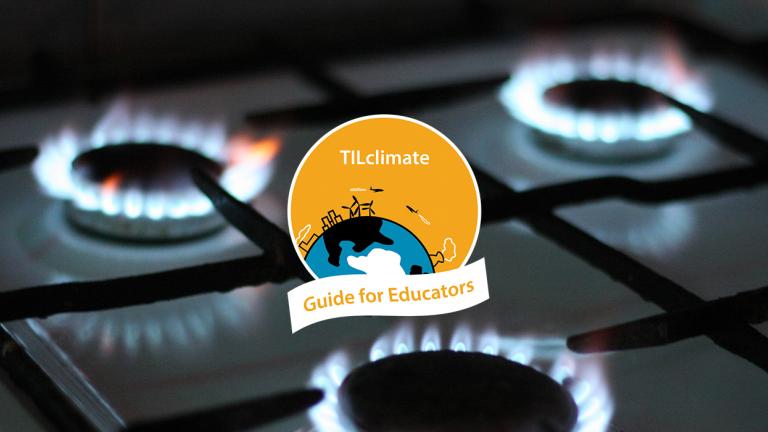
This Guide for Educators was developed by the MIT Environmental Solutions Initiative as an extension of our TILclimate (Today I Learned: Climate) podcast, to make it easier for you to teach climate change, earth science, and energy topics in the classroom. It is an extension of the TILclimate episode "Is it energy or electricity?"
Browse all TILclimate guides for educators.
Description
While the terms energy and electricity are often used interchangeably in daily life, understanding the distinction helps students better evaluate energy-related climate solutions. Students explore US energy and electricity data from 2001-2018 to distinguish between the terms and understand their future.
SWBAT:
-
Explain that energy is a general term, and that electricity is a specific form of energy.
-
Understand that electricity is generated from multiple sources whose use has changed over time in the US.
-
Understand that each sector of the economy uses energy and electricity in different ways.
-
Name one solution that changes US energy and/or electricity use in a way that reduces heat-trapping gases.
Skills:
- Reading and interpreting line graphs
- Communication
Standards:
-
HS-ESS3-4 Evaluate or refine a technological solution that reduces impacts of human activities on natural systems.
-
CCSS.ELA-LITERACY.RI Informational Texts
-
CCSS.ELA-LITERACY.RST Science and Technical Subjects
-
CCSS.ELA-LITERACY.SL Speaking & Listening
Disciplinary core ideas:
-
PS3.A Definitions of Energy
-
ESS3.C Human Impacts on Earth Systems
-
ESS3.A Natural Resources
-
ESS3.D Global Climate Change
-
ETS1.A Defining and Delimiting an Engineering Problem
What is included in this Educator Guide
- How to use TILclimate Educator Guides (Download)
- Full Educator Guide (Download)
- Includes both Teacher and Student pages
- Includes both Teacher and Student pages
- Teacher pages (Download)
- Includes materials, discussion questions, background resources, and adaptation suggestions for science, social science, and ELA teachers
- Includes materials, discussion questions, background resources, and adaptation suggestions for science, social science, and ELA teachers
- Student pages (Download)
-
Graph Reading: Electricity generation and use
-
Graph Reading: Energy consumption
-
Graph Reading: Renewable energy
-
Glossary: Energy and Electricity Definitions
-
Listen to the episode


